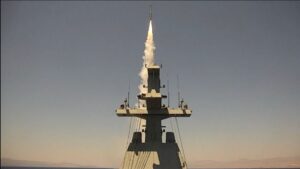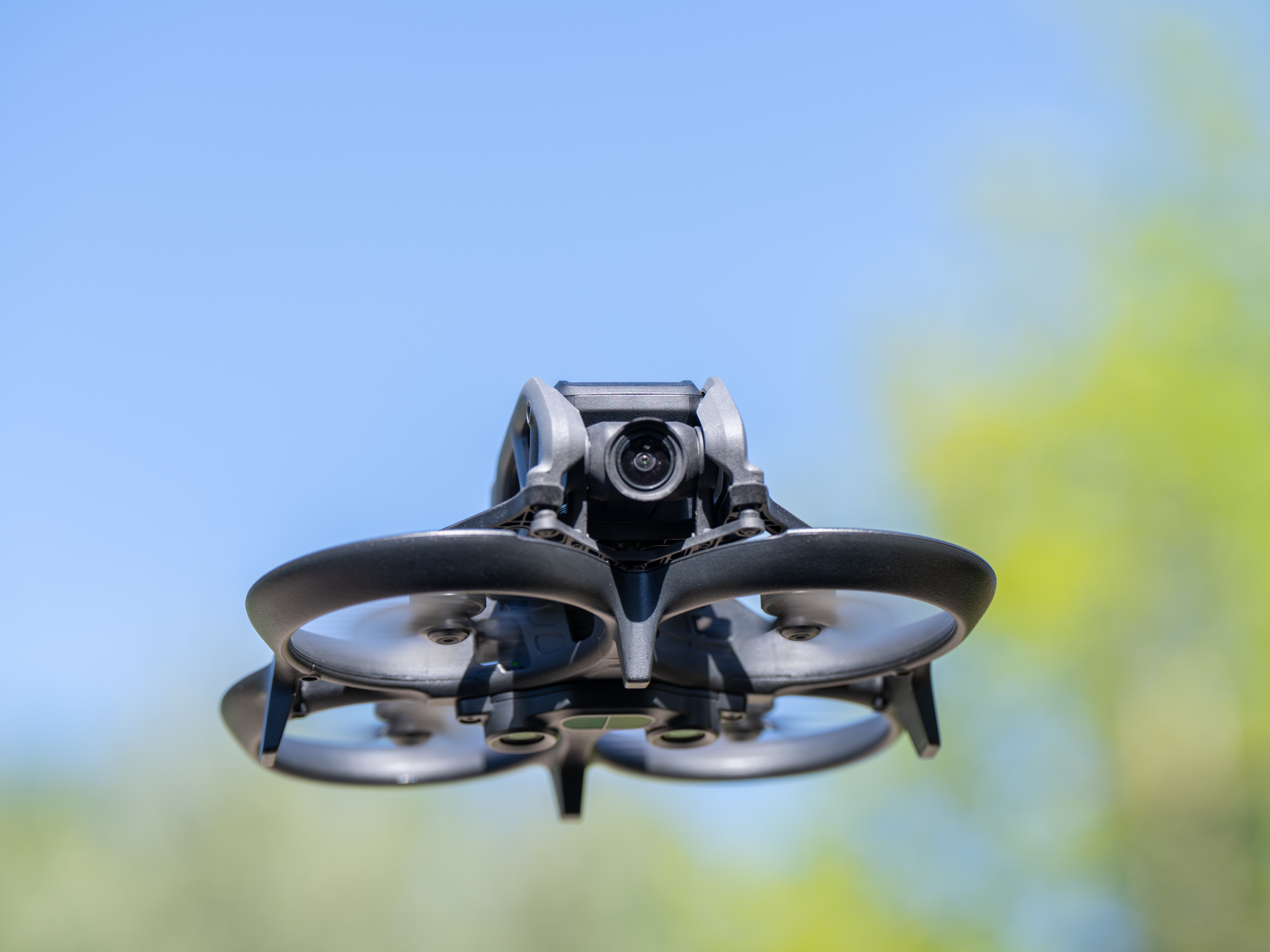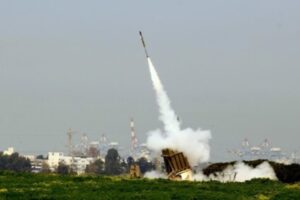
WATCH: IDF thwarts weapons smuggling on Egyptian border
IDF forces have been running continuous operations to stop a surge in drone-based smuggling, using intelligence and advanced electronic warfare to intercept dozens of attempts.

IDF forces have been running continuous operations to stop a surge in drone-based smuggling, using intelligence and advanced electronic warfare to intercept dozens of attempts.

Israel Weapons Industries’ Arbel system transforms ordinary rifles into drone-killing weapons with advanced stabilization, delivering an easy and affordable defense option.

Before the war, drone use was largely limited to the air force or assigned at the battalion level, serving groups of roughly 250 soldiers.

One country far outpaces all others in procurements.

Nearly 20% of Israel’s reservists work in the tech industry, creating a strong pipeline between combat experience and startup agility.

In a high-stakes, around-the-clock mission, Israel’s elite naval defense teams used cutting-edge radar systems and the ‘Naval Dome’ to intercept over 30 enemy drones, working tirelessly to ensure not a single threat reached Israeli shores.

The IDF reports a remarkable 99.9% interception rate against Iranian drones over the past week, with missile interception success ranging between 80–90%, effectively protecting civilians and averting major disaster.

Since the launch of Operation Rising Lion, the IDF has intercepted over 100 hostile drones using a range of tactics—from fighter jets and attack helicopters to naval warships stationed at sea.

The FPV drones have saved countless lives and proved to be an invaluable asset on the battlefield.

On Monday, a blast in a residential high-rise building in Yavne, northeast of Ashdod, was confirmed to have been caused by a drone launched from Yemen.

‘These acquisitions ensure that troops can optimally execute their battlefield missions,’ said Brig. Gen. Yehuda Almakias.

In Binyamina, a Hezbollah drone struck a dining hall at a Golani brigade training base, killing four and wounding 60.

Drones have revolutionized modern warfare, giving technologically advanced armies a decisive edge in almost every aspect of combat.
UAV’s play a crucial role in modern warfare, especially in Gaza, where the IDF can eliminate high quality targets with minimal casualties on both ends and gather intelligence needed to finish off Hamas.

Hezbollah is using such attacks to practice its ability to fire combinations of UAVs, rockets and anti-tank missiles to overcome air defenses and hit targets.